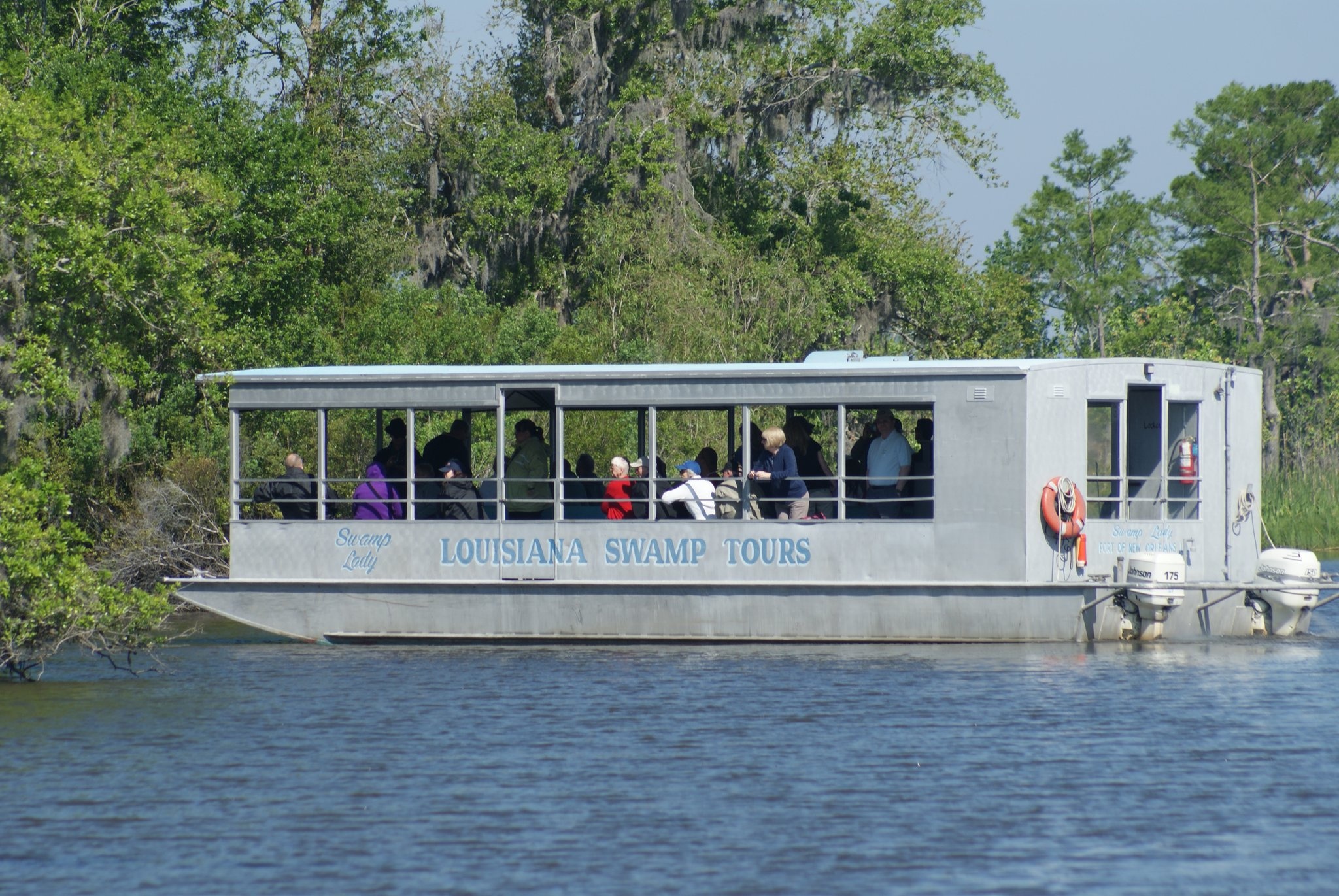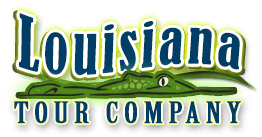Beyond Bourbon Street: Why a Swamp Tour Completes a Louisiana Trip

Bourbon Street gets a lot of attention—and for good reason. It’s loud, colorful, and unforgettable. But here’s the thing: if the only part of Louisiana a visitor sees is Bourbon Street, they’re missing half the story. The other half is waiting just a short drive away in the swamps and bayous, where the real character of this state has been shaped for centuries. That’s why I believe no trip here is complete without a swamp tour.
Stepping Away from the Quarter
There’s nothing wrong with enjoying a stroll through the French Quarter, a beignet at Café du Monde, or music on Frenchmen Street. But sooner or later, the crowds, traffic, and neon lights start to blur together. That’s when the swamp starts calling.
Only a few miles outside the city, the scenery changes completely. High-rise buildings give way to cypress trees, Spanish moss sways in the breeze, and the pace of life slows to match the current of the water. It’s like stepping into a whole different Louisiana—one that explains why the food tastes the way it does, why the culture feels so unique, and why people here are so deeply tied to the land and water.
Wildlife with Personality
One of the first things people notice on a swamp tour is how alive the place is. Alligators sunbathe like they own the waterway, egrets and herons glide overhead like they’re auditioning for a nature documentary, and turtles stack themselves on logs as if competing for the best seat in the house.
It’s not a zoo—it’s a working ecosystem where every creature has a role. Watching an alligator slip silently into the water or seeing a flock of birds lift off at once is a reminder that these swamps aren’t just pretty—they’re vital. And if an alligator stares a little too long at the boat, well, that’s just its way of saying “welcome.”
The Swamp as a Teacher
Beyond the wildlife, the swamp has lessons built into every turn. These wetlands act as natural storm protection, buffering the land against hurricanes and floods. They filter water, support fisheries, and preserve biodiversity in ways that cities depend on more than most people realize.
A swamp tour shows, in real time, why these environments matter. Seeing how the water moves, how plants grow out of places that look uninhabitable, and how entire communities have lived here for generations teaches more than any classroom lecture could. It’s one thing to read about coastal erosion. It’s another to glide past tree lines where land used to be and understand what’s at stake.
Culture Runs Through the Waterways
The swamps aren’t just about science—they’re about culture, too. Cajun and Creole communities built lives along these waterways long before highways existed. The swamp fed them, carried their boats, and inspired their stories. Even the music and the food people come to New Orleans to experience trace back to life along the bayou.
A swamp tour gives visitors a living history lesson. It connects today’s trip to centuries of resilience and creativity. Floating through those waterways isn’t just sightseeing—it’s touching the roots of Louisiana culture.
Why It Completes the Trip
Plenty of people come to New Orleans for the nightlife, the food, and the music. That’s part of what makes this city famous. But it’s incomplete without a trip to the wetlands. To understand Louisiana, both sides of the coin are needed: the city that never sleeps and the swamp that shaped it.
Think of it like cooking gumbo without the roux. Sure, there are ingredients, but the most important part is missing. The swamp provides that base layer of understanding, the part that makes everything else make sense.
Making Travel Easy
Of course, navigating swamp country isn’t as simple as hailing a cab down Bourbon Street. The roads are narrow, parking can be tricky, and the waterways themselves demand boats designed for the job. That’s why organized swamp tours exist: to make it possible for groups and individuals to step into this environment safely and comfortably.
And honestly, it saves everyone from showing up in flip-flops, assuming they can hike into the wetlands on foot. (Spoiler alert: they can’t.)
Looking Ahead
As Louisiana continues to welcome millions of visitors, swamp tours will only grow in importance. They provide balance, giving people a break from city noise while teaching them something real about this state. Every year, more people leave the Quarter and head for the bayou, and every year they return with a story they didn’t expect to tell.
That’s what makes the swamp essential: it surprises, educates, and entertains all at once. And long after the glow of Bourbon Street fades, the memory of a cypress tree rising out of still water or the sound of birds calling across the marsh tends to stick.
Final Thoughts
Louisiana isn’t just a place—it’s a blend of opposites. Lively streets and quiet waterways. Brass bands and birdsong. Neon lights and moonlit bayous. To understand it, both worlds have to be experienced.
So when I think about what makes a trip here complete, the answer is simple. The city gives the music, the food, and the nightlife. The swamp gives the roots, the resilience, and the story that ties it all together. And together, they make Louisiana what it is.
